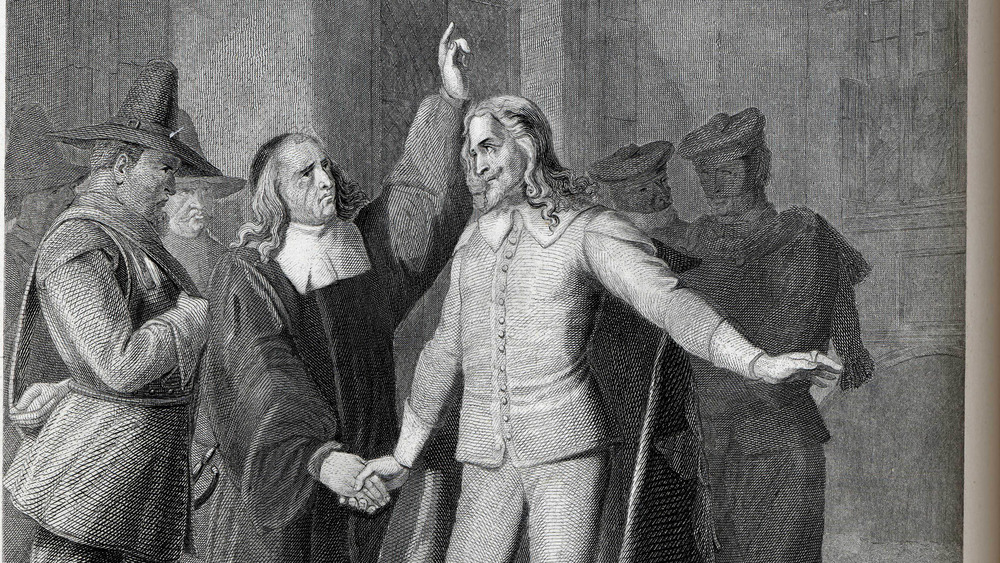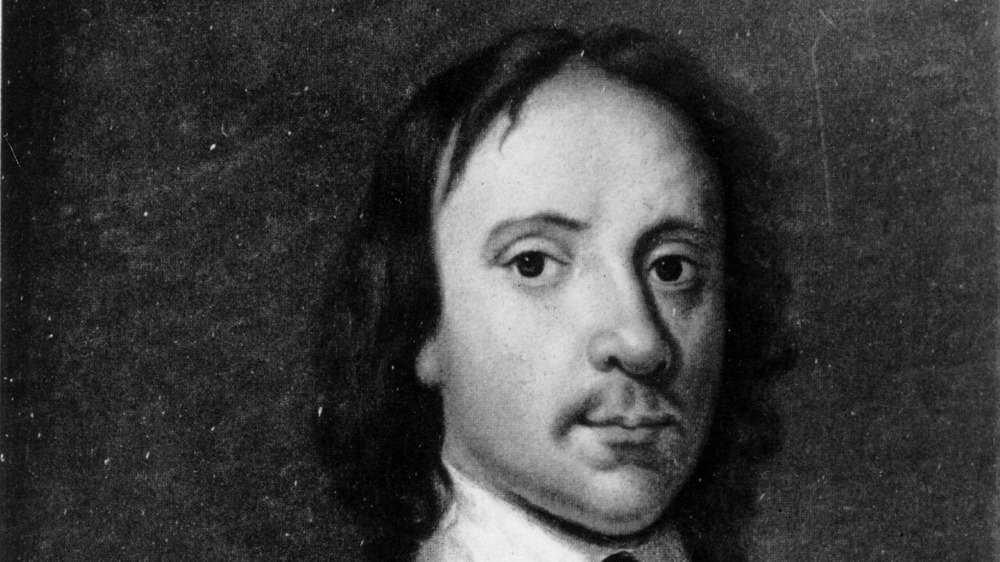The Real Reason Charles I Was Executed
King Charles I was never supposed to be king at all. His older brother, Henry Frederick, Prince of Wales, was the heir apparent, but died at the age of 18 from typhoid fever. So, with the death of their father, King James I, in 1625, Charles I became King of England, Scotland, and Ireland at the age of 24. Immediately upon his ascension to the throne, Charles offended his Protestant subjects by marrying Henrietta Maria, a Catholic French princess. He also deeply entrenched himself in conflict with the Parliament of England, which was determined to subside his royal prerogative.
For his part, Charles believed in the divine right of kings and was determined to govern accordingly, including levying taxes without parliamentary consent, according to the British National Archives. He also dissolved parliament on several occasions as a means to quash political opposition, and, in 1629, he ruled without parliament altogether. Those years of struggle between Charles and the parliament resulted in the outbreak of the English Civil War in 1642. The Parliamentarians — also known as the Roundheads — were led by Oliver Cromwell, who displayed tremendous fortitude as their forces won critical battles in 1644 and 1645. The Parliamentarians also kept the Royalists at bay as they attempted to invade Scotland.
King Charles I surrenders and faces execution
In 1646, Charles surrendered to a Scottish army, and two years later, he was forced to appear before a high court controlled by his enemies. However, he refuted the legitimacy of the court and refused to enter a plea. Nonetheless, the court reached a verdict of guilty and sentenced him to death. "That the king, for the crimes contained in the charge, should be carried back to the place from whence he came, and thence to the place of execution, where his head should be severed from his body," according to the Memoirs of Edmund Ludlow, a parliamentarian at the time. Three days later, at about 2 p.m., Charles was led to the scaffold erected at Whitehall, London. After saying a prayer, he put his head on the block and signaled to the masked executioner that he was ready. With one clean stroke, he was beheaded. The executioner held the severed head up for the crowd to see.
However, all was not well under kingless rule. Over the course of the next 11 years, Oliver Cromwell — and then his son, Richard — produced a series of failed constitutional experiments. All of them were destroyed by the army. In 1660, the country moved forward on the restoration of the monarchy and crowned Charles II, the son of Charles I. Oliver Cromwell was posthumously convicted of treason, and his body was exhumed from its tomb in Westminster Abbey and hanged from the gallows at Tyburn for public humiliation.

